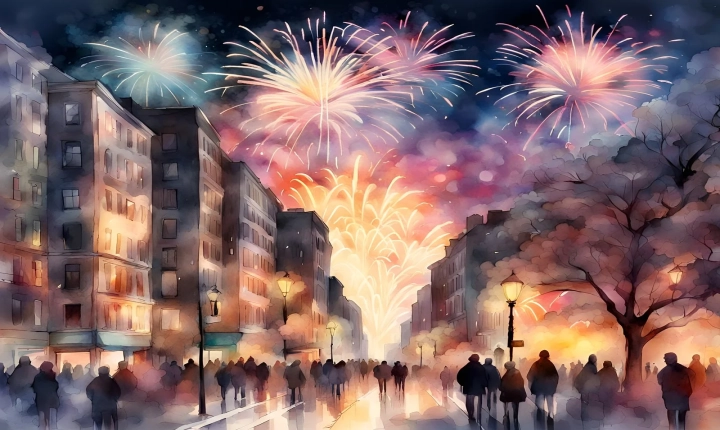AI-generated art has quickly gained attention and notoriety in the art world, with pieces created by artificial intelligence (AI) selling for impressive sums of money and generating widespread interest. However, as AI creates art, a controversial question has emerged: does AI art use stolen art?
The issue of whether AI art incorporates stolen art is a subject of ongoing debate within the art community. AI-generated art is created using algorithms that analyze massive amounts of existing art to generate new, original pieces. While the goal is to create something unique, there are concerns that the AI’s algorithms may inadvertently incorporate elements or styles from existing artworks, leading to accusations of plagiarism and unethical appropriation.
One of the primary concerns is that AI algorithms are trained on vast datasets of existing art, which may include copyrighted or protected works. As a result, there is a risk that AI-generated art may incorporate elements or styles from these protected works without proper permission or credit. This raises complex legal and ethical questions about the originality and ownership of AI art.
Furthermore, as AI art gains popularity and commercial value, the issue of intellectual property rights becomes increasingly important. Who owns the rights to AI-generated art? Can AI-generated art be considered original and free from the influence of existing works? These questions are at the heart of the debate over the use of stolen art in AI-generated pieces.
On the other hand, proponents of AI art argue that the technology is a tool for creativity and innovation, and that the works created by AI should be considered as original as any other form of art. They contend that AI algorithms are simply tools that aid artists in their creative process, and that the resulting artworks are original expressions rather than copies or imitations of existing works.
Moreover, some art enthusiasts and collectors are captivated by the idea of AI-generated art precisely because of its ability to reinterpret and combine elements from various sources, creating entirely new and unique compositions. They view the use of existing art as a source of inspiration rather than a form of theft, and appreciate the novel and often unexpected results that AI-generated art produces.
In response to the ethical and legal concerns surrounding AI-generated art, some artists and organizations have started to address these issues by implementing guidelines and best practices for the ethical use of AI in art creation. These guidelines aim to promote transparency, attribution, and respect for intellectual property rights, while encouraging the responsible use of AI in the art-making process.
As the debate continues, it is clear that the intersection of AI and art raises complex and nuanced questions about creativity, originality, and the implications of using technology to create new forms of artistic expression. The issue of whether AI art uses stolen art remains a contentious and evolving topic within the art world, one that will continue to provoke discussion and reflection as AI art continues to develop and gain prominence.
